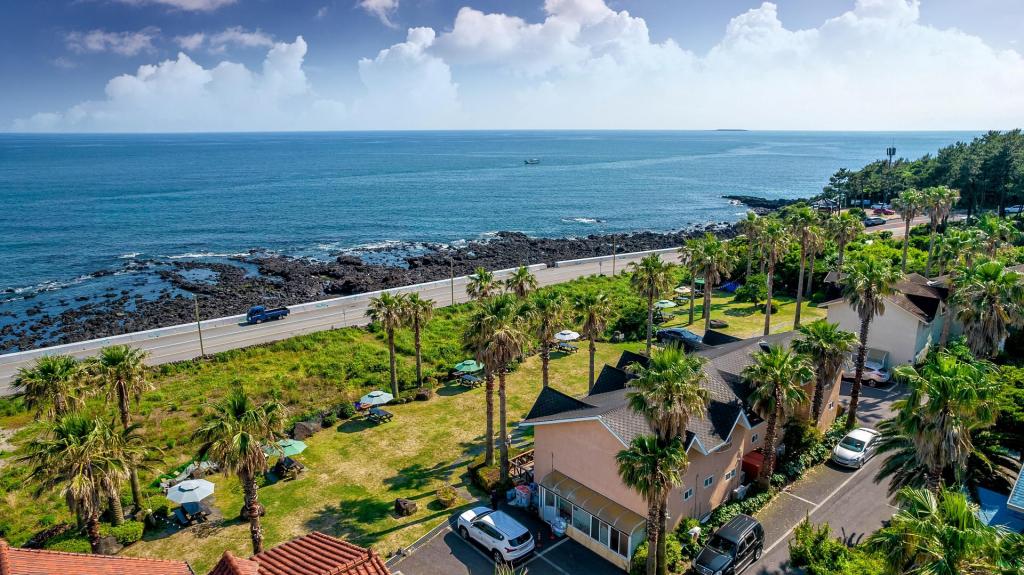Apparently, in an abrupt move Santa Claus is quitting, and there will be no Christmas this year. He’s been upset that the Chinese have been 제주감성민박 stealing his toy patents and flooding the market with cheap toys. He’s also upset that all these plastic toys, and their wrappers are ending up in the Pacific Ocean. During a training run to handle the increased number of middle class Chinese he flew over the Pacific Ocean after making a world wind trip. Two things upset him on this trip which changed his views.
First, he was ordered to fly well around Air Force One as President Obama was making his way to Japan, causing his rain deer to become extremely tired, but as he flew further out over the ocean he noted a giant garbage island floating out there. He landed on it to give his rain deer a rest and feed them some Sushi, but it turns out the fish they caught to eat were full of plastic, and tasted horrible.
On the trash island were plastic wrappers, and old plastic toys, most of them Chinese knock-offs of his models. He was livid, and then he also noted some other toys with lead based paint. So, he took off and flew back home and told Mrs. Claus, “I quit!” And so Mrs. Claus held a press conference but no one attended, everyone was busy filming Obama’s Asian Tour. And so, she alerted me to tell you all about what happened.
Indeed, I really feel bad for the Claus’ and upset because, it is not even politically correct to say Merry Christmas anymore. Don’t worry, now you don’t have too anymore. So, please consider all this.
Is there a way to map the bottom of the Marianas Trench, or other points which are the deepest in our oceans, without sending submarines, or larger robotic vehicles down to those depths. Indeed, I believe there is a way, and I’d like to propose a potential innovation which could solve this problem, to help us with more clues as to what is down there, what species live at the bottom of our oceans, and what minerals are down there that we may need up here on the surface.
Now then, let me explain a potential invention. Imagine 10,000 cannonballs, which could be dropped from an airplane or from the surface of the water on a large ship. These 10,000 cannonballs would be dense and heavy and therefore, they’d be able to make it to the depths we wish to search at. But, inside the cannonballs would be a special mechanism which would help us take pictures of the bottom of the ocean.
On the way down, the outer skin of the cannonballs would compress inward eventually, and as they did they would generate energy, once the heavy outer skin was completely indented from the pressure at the depths of the ocean, the skin would pop off. The energy that was created on the way down would allow these devices to use flash filaments, and cameras to take pictures from the time the outer skin popped off all the way until they reach a certain depth on their way backup, as they’d be lighter and less dense at that point.
Each individual cannonball would have a node or mote and would key off each one of the other cannonballs so each would know its exact position. When the inside guts of the cannonballs reached a higher depth they would have a balloon canister which would help them reach the upper surface of the water, and float in the air above the water with the prevailing wind. The small balloon would be of a color that would be easy to see, and the device would have an active matrix RFID chip inside for easy location and retrieval.
We wouldn’t need all of the devices back, in fact, we only need less than 10% of them due to the number used. And since each one of them would have reached a slightly different depth we would have a great panoramic 360-degree spherical view of the bottom of the ocean and everything surrounding. Perhaps, someone might like to contact our online think tank and discuss our designs and plans of such devices.


